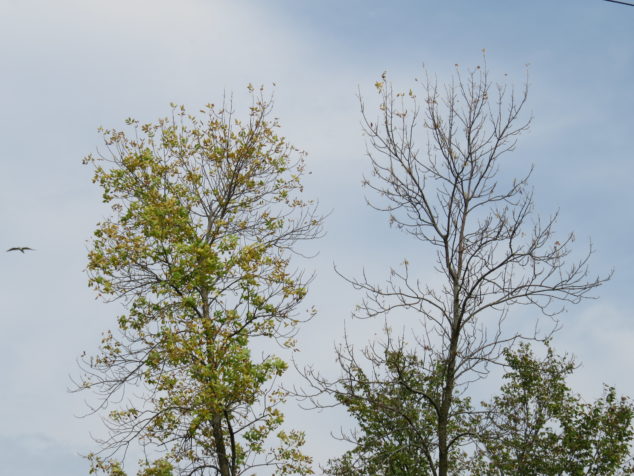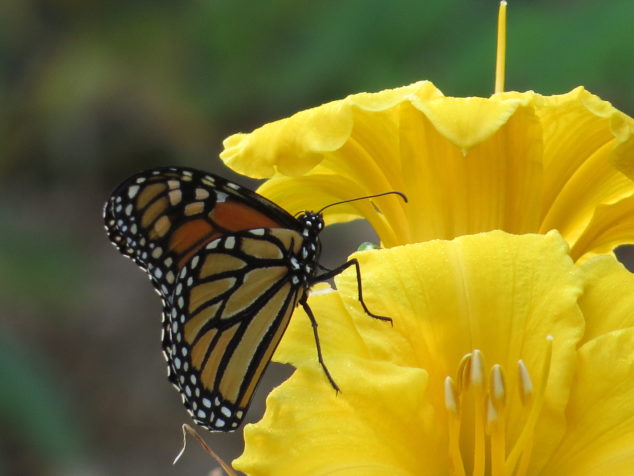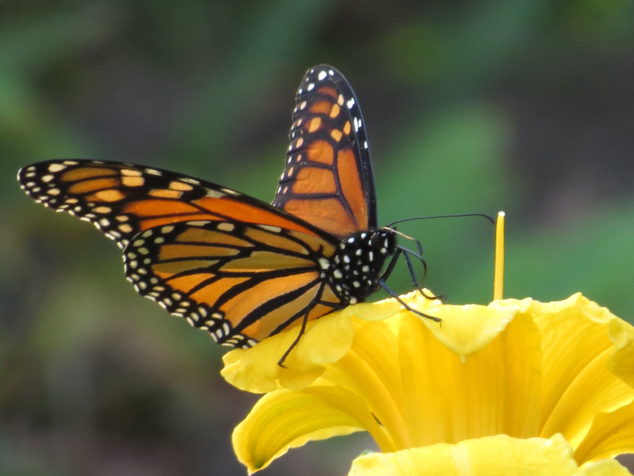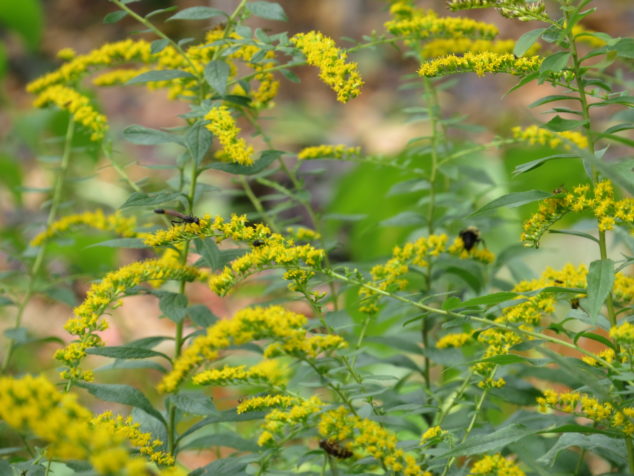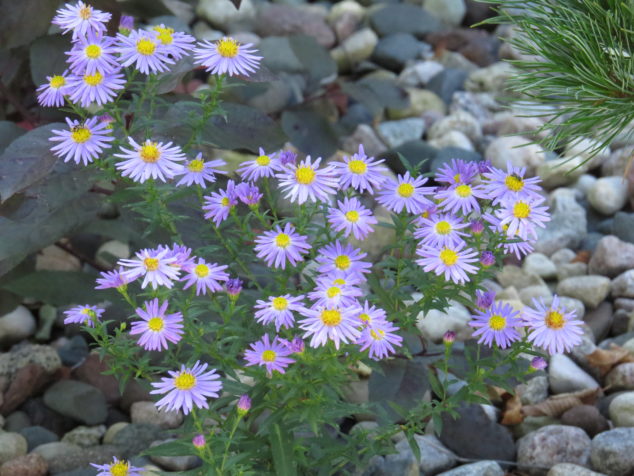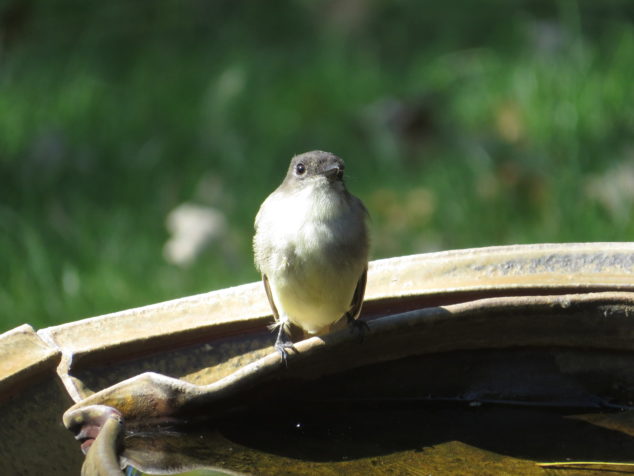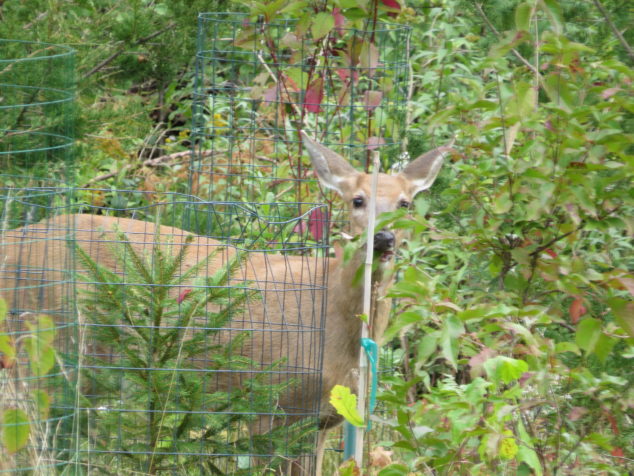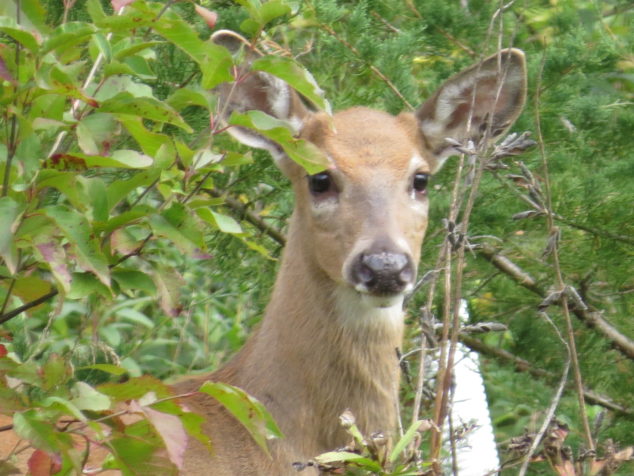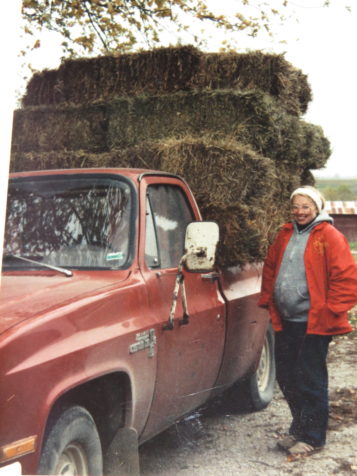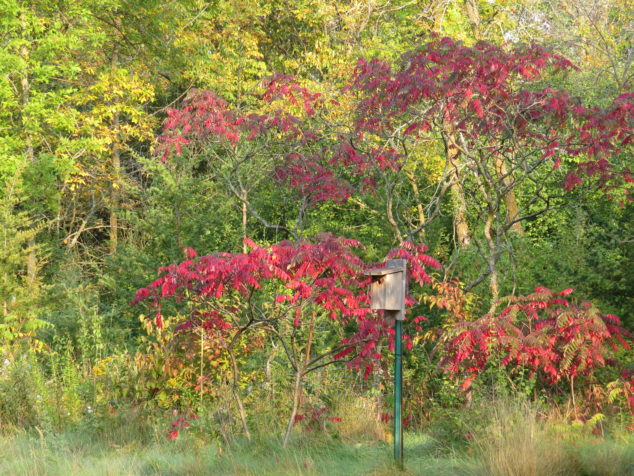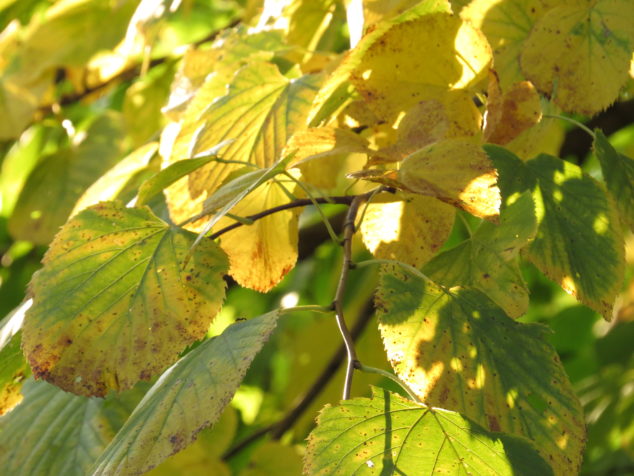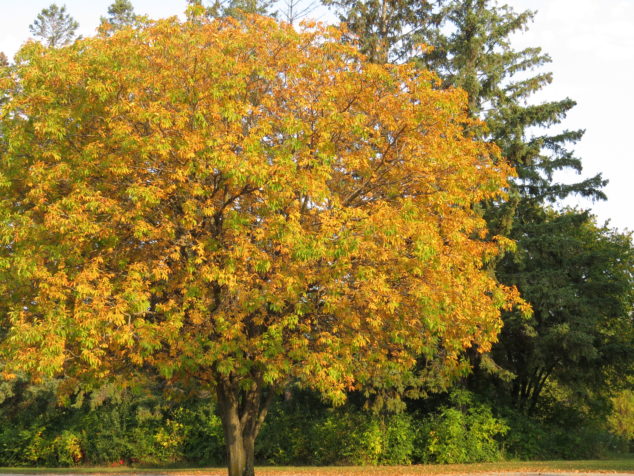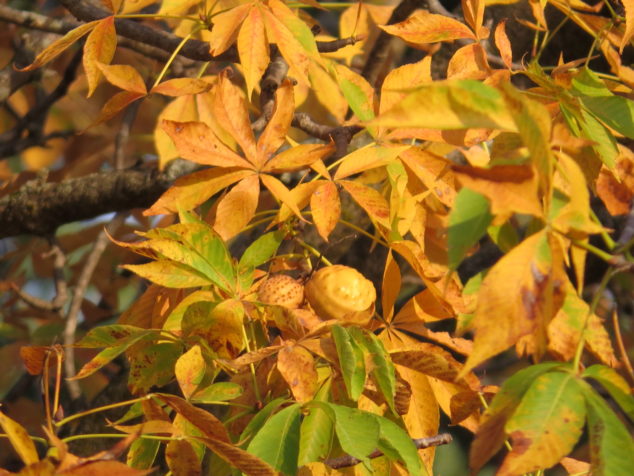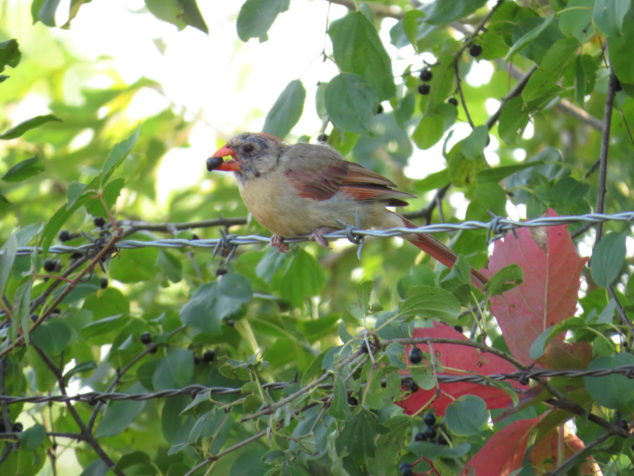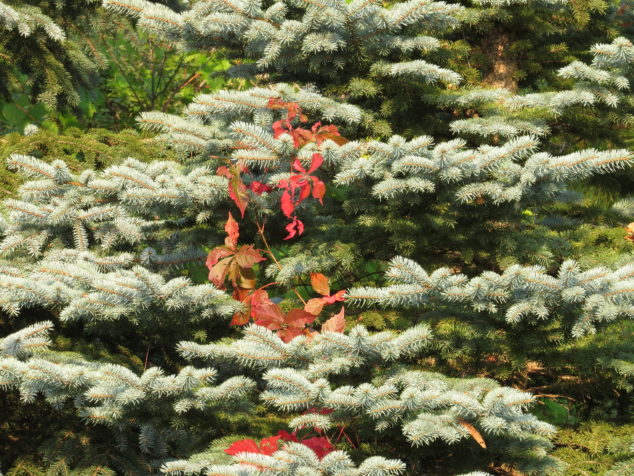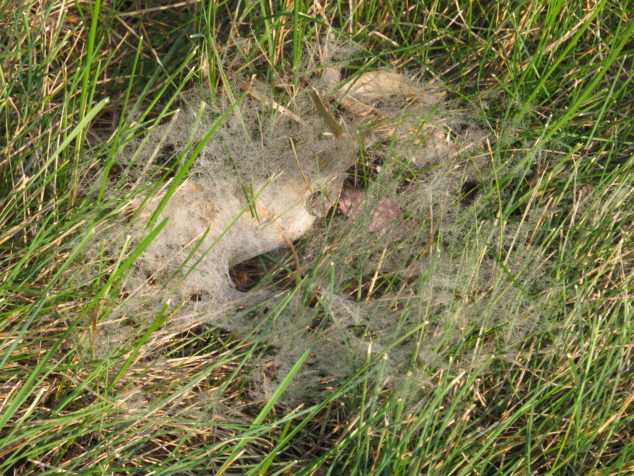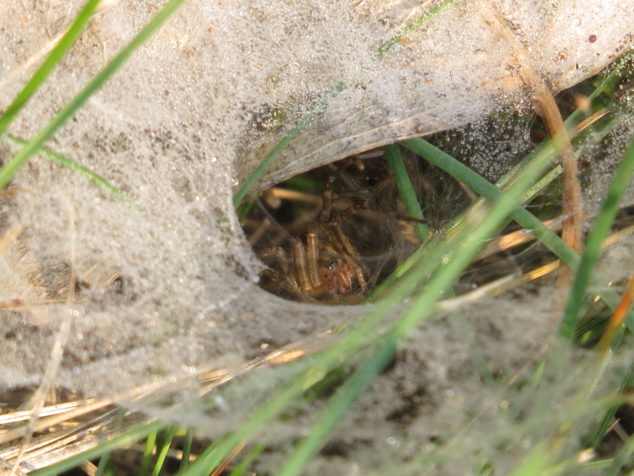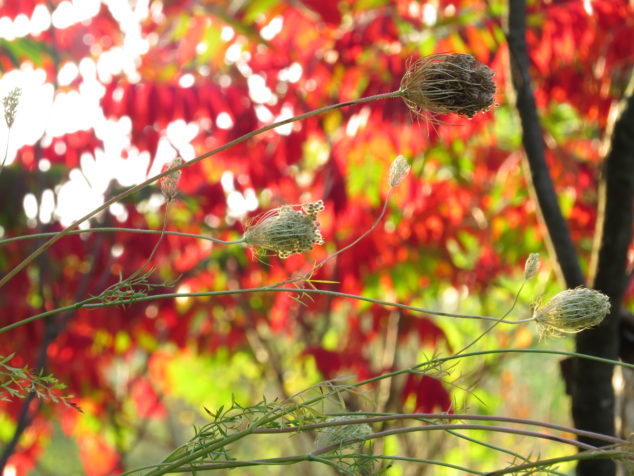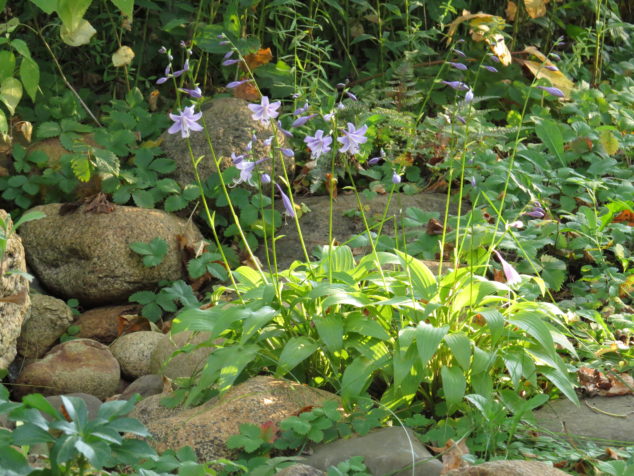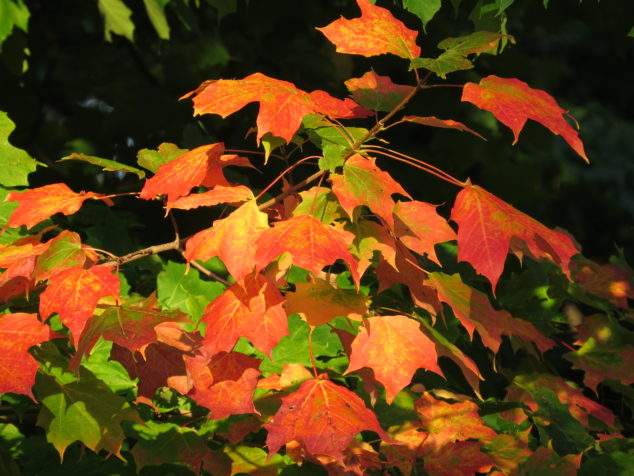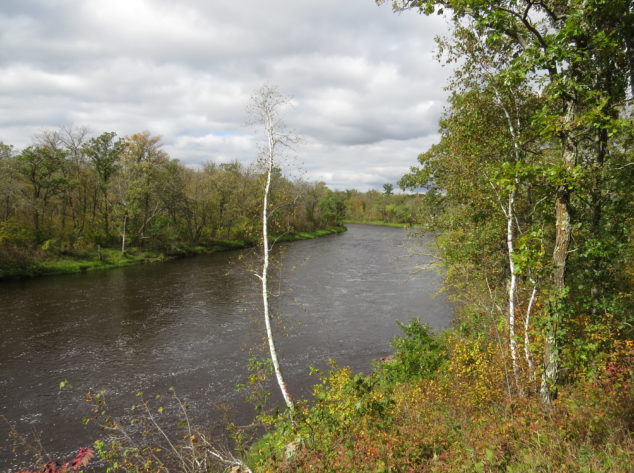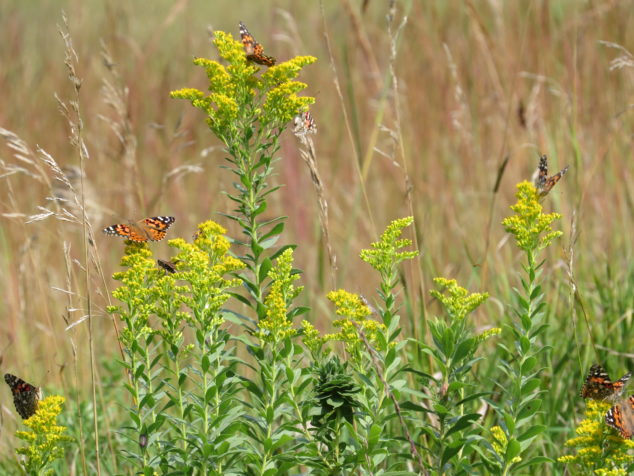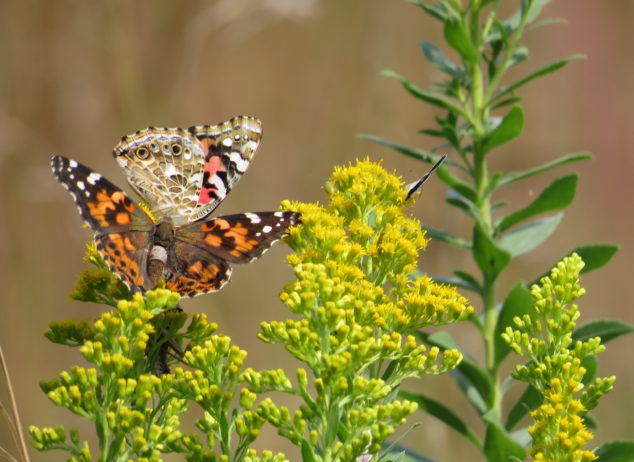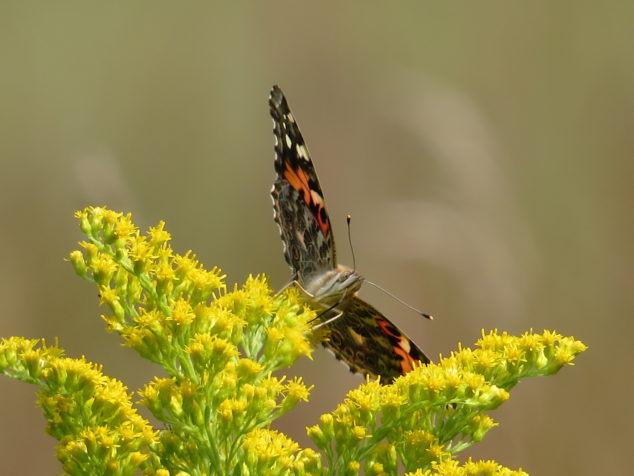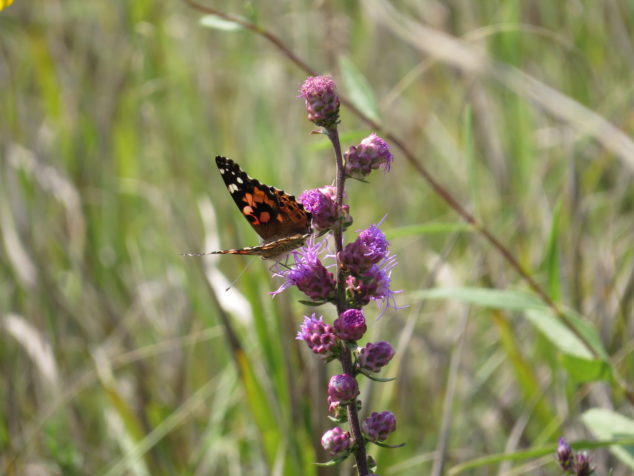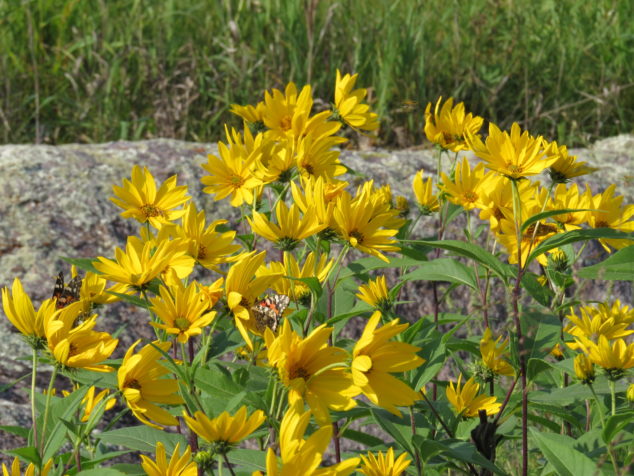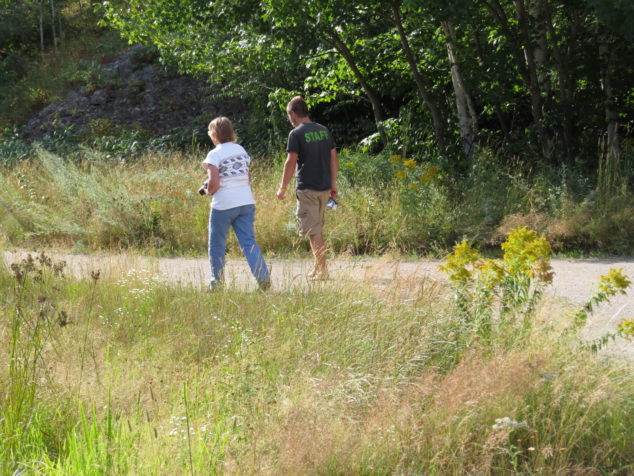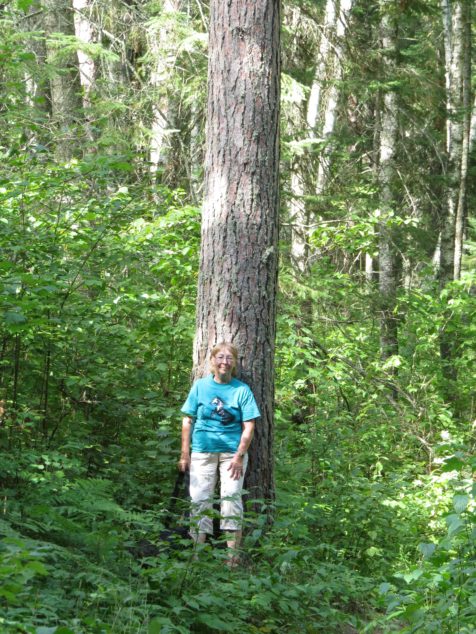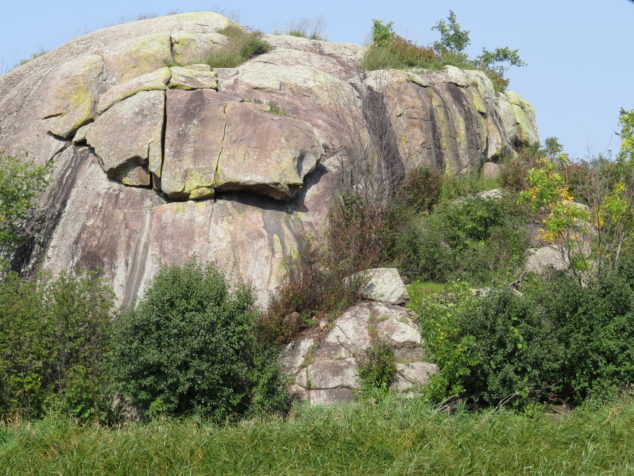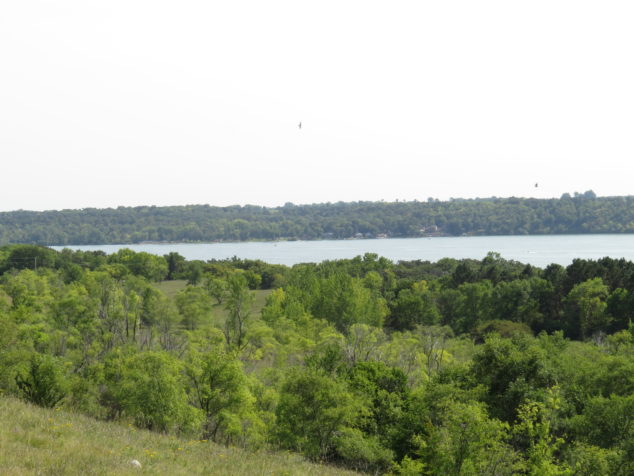We were still newlyweds when Chris taught me to drive a vehicle with a manual transmission. We had just bought a used 1981 Chevy C-10 1/2 ton pick-up truck. It was a bold red color—the only choice for a truck, according to Chris. The single cab and long bed (the standard back then) looked sleek and utilitarian and housed a ‘three on the tree’—a manual three-speed shifter on the steering wheel column! He drove us to a way-out-yonder gravel road north of Bates City where no extraneous traffic would interfere with my concentration, and then we switched places. He was a patient, methodical teacher, and I tried to be the good student that had carried me through all my years of schooling. But studying books and operating clutches are two different things! I don’t care to remember how many times I killed the engine before I even got going. There was gear grinding, bucking action, nervous laughter, and many “I’m sorrys” when I thought I was wrecking it. Trying to get the hand-foot timing down—letting off the gas, pushing in the clutch, moving the gear shift to the right position, then letting out the clutch slowly and giving it gas—was hard and frustrating. And how do you even get braking in there, too?
Fall is a time for shifting gears—luckily Mother Nature has done it more times than we know and does it smoothly and seamlessly. The growing, producing season is in decline; the fruits of that season are gathered or hanging heavily on the vine, ready for harvest. Internal systems in trees take their cues from the external world—length of daylight and temperature—to stop production of chlorophyll, which unmasks the carotenoids and anthocyanins that give leaves their fall colors and eventually causes the leaves to drop off.
Fall flowers provide needed nectar to insects that may be migrating, hibernating, or laying eggs for the last cycle before winter. One last hurrah of the repeat bloomer Stella D’Oro Lily entices a Monarch butterfly to linger and feed.
The beautiful ‘Fireworks’ Goldenrod attracts bees and wasps of all kinds.
Showy purple Asters bloom vibrantly as one of the late season stars of the perennial world.
A shift happens with the bird population. The summer birds have mostly migrated away—we no longer see the graceful swoops of the bluebirds or hear the incessant chatter of the house wrens. It is rather quiet on the bird front, though we heard a flock of geese just this morning. A quiet little guy visited the bird bath recently and seemed to be wondering where everybody else was also!
Spring fawns are losing their spots to a winter coat and are almost as big as their mothers. They are the reason we must be so diligent in guarding young trees and shrubs.
The male spotted fawn shifts to a ‘button buck’ as the pedicels form into small hair-covered bumps at 4-5 months of age that will grow into antlers next April or May.
With the patient tutelage of Chris and lots of practice, shifting gears with a manual transmission was soon second nature to me. The old ’81 Chevy was a stalwart worker for us for many years.
Fall not only shifts gears for plants and animals, but for us also. Some of us harvest and preserve food for winter. We start craving hot soups, pumpkin anything, and apple pie. We slowly and effortlessly morph from outside evening activities to reading or tv watching. Daylight and temperature influence our internal systems and our external choices, showing that we are an integral part of Nature that is often overlooked. Yet we also have a huge cortical brain that can override the more animal aspects of our existence. We can choose to shift gears! We can choose to migrate to a new place, choose to live in the way-out-yonder quietness or the busy bee metropolis. We can choose to be bold, choose our schooling, linger in darkness or seamlessly let our Light shine.
